DROPS Muskat
Mercerized cotton with a colorful shine!
from:
1.69€
1.85£
Content: 100% Cotton
Yarn Group:
B (20 - 22 stitches)
/ 8 ply / DK / worsted
Weight/length: 50 g = approx 100 m
Recommended needle size: 4 mm
Knitting tension: 10 x 10 cm = 21 sts x 28 rows
Care: Machine wash on gentle cycle 40°C / Dry Flat
Made in: EU
Raw material origin: Cotton from Egypt
This yarn has an Oeko-Tex® certification (certificate number 97.T.1069), Standard 100, Class I from the Hohenstein Institute. This means that is has been tested for harmful substances and is considered safe in human-ecological terms. Class I is the highest level, and it means the yarn is suitable for baby articles (ages 0-3).
DROPS Muskat is a colourful yarn, made from 100% Egyptian mercerized cotton, the finest long cotton fiber you can lay your hands on! Spun from multiple thin strands, which make it extremely strong and durable, this yarn has a gentle shine and great shape stability.
One of our wonderful classics, this yarn has a huge variety of free patterns to choose from, and many satisfied customers after more than 25 years on the market!
Read more about our products' sustainability here
Please be aware that the colours shown may vary from screen to screen in the same way that shades may vary slightly from dye lot to dye lot.
How do I care for this yarn?

Machine wash on gentle cycle 40°C / Dry Flat
Here are some guidelines to wash your cotton garment, but please note that cotton has the tendency to shrink in the wash, so make sure you measure the garment before washing, in order to shape it correctly after the wash:
- Machine wash - separately - using a gentle cycle program at 40ºC and wool detergent without enzymes or optical brighteners.
- NEVER leave the garment to soak/wet in the washing machine for a long period of time.
- To dry the garment, shape it and lay it flat - do not hang - ideally on a warm bathroom floor or on top of a drying rack in a room with good air circulation. Never dry the garment in direct sunlight.
- Don’t tumble dry.
- Unevenness in the garment will even out after washing or steam ironing lightly.
- Never iron the garment directly. Use always a damp cloth between your steaming iron or regular iron and the garment.
Note: If you are washing a project made with this yarn combined with another, the general guideline is to follow the washing instructions for the most delicate of the yarns you are working with.
Do you have a question about this yarn?
See a list of frequently asked questions (FAQ) about our yarns.
1) What type of fibers make the DROPS yarns?
Yarn can be made from a large number of natural and synthetic fibers. DROPS carries mainly yarns made from wool, cotton, alpaca, linen, mohair and silk. Each fiber type has its own qualities, and they are often mixed to take advantage of the best properties of each one. Coarse yarn has the advantage of being stronger and more durable, and finer fibers offer more softness and comfort. Here a bit about the main fibers we carry:
Alpaca:
Alpaca fleece is the natural fiber harvested from an alpaca, and it is similar in structure to sheep wool fiber. Its softness comes from the small diameter of the fiber, similar to merino wool. It is a soft, durable, luxurious and silky natural fiber. Yarn made from alpaca fibers does not felt or pill easily, and it can be light or heavy in weight, depending on how it is spun. While similar to sheep’s wool, it is warmer, not prickly, and has no lanolin, which makes it hypoallergenic. Alpacas come in 22 natural colors, with more than 300 shades from a true-blue black through browns-black, browns, white, silver and rose-greys.
Mohair:
This fiber comes from the Angora goats, and it's considered a luxury fiber. Mohair yarn is warm as wool, but much lighter in weight; it is durable, dyes well and does not felt easily. Mohair fibers have also a distinctive luster created by the way they reflect light. Despite being a hard fiber, mohair is usually spun into a very fluffy yarn, resulting in airy and lustrous garments.
Wool:
The wool fibers come from the skin of sheep and are relatively coarse fibers. Two striking characteristics of wool are its susceptibility to heat and its felting property, which is caused by the scales on the surface. Depending upon the breed of sheep, the appearance of the wool varies.
Wool from Merino sheep is considered the finest type of wool, having as characteristics that is finely crimped and soft. All the Merino wool in the DROPS yarns has its origins in South America, coming from sheep that have not been subject to Mulesing.
Pure new wool is wool made directly from animal fleece, and not recycled from existing wool garments.
Machine washable wool is wool treated chemically to minimize the outer fuzzy layer of the fibers, and be therefore fitable for machine wash (see Superwash).
Silk:
The silk fiber is a fine continuous fiber produced from the cocoon of a moth caterpillar known as the silkworm. While silkworm is cultivated, the wild or tussah silk is obtained from uncultivated silkworm cocoons. Silk fiber is one of the strongest natural fibers and makes a wonderful knitting yarn. It blends really well with other fibers, especially wool. Silk also dyes beautifully with natural dyes.
Vegetable fibers:
There are several varieties of vegetable fibers, found in the cell walls of plants or vegetables. Of all the varieties, two are recognized as major knitted or textile fibers. They are cotton and linen.
Cotton is the fiber surrounding the seeds in a cotton pod, and it is almost pure cellulose. Cotton is usually white in color but there are green and brown varieties as well. The cotton fiber is most often spun into yarn or thread and used to make a soft, breathable textile that is good for summer clothing and accessories, making a weaker yarn than silk or linen but stronger than wool.
Mercerized cotton is cotton that has been through a mercerization treatment. This treatment gives cotton fabrics and threads a lustrous yarn that is more lustrous than conventional cotton. It is also stronger, takes dye a little more readily, makes the yarn more resistant to mildew and reduces lint. It also may not shrink or lose its shape as much as "regular" cotton.
Linen is a fiber derived from the stalk of the flax plant that is durable and stronger than any other fiber. The linen fiber is relatively soft, straight and lustrous and becomes more beautiful with age. Linen is more comfortable to wear in hot temperatures than cotton, due to the fact that it absorbs moisture better and dries more quickly.
Other materials used in our yarns include synthetic fibers such as acrylic, viscose, polyamide (nylon) and polyester. These fibers are used mostly to give strength to a yarn (like our sock yarn, DROPS Fabel) or a special kind of structure (like our blown yarn, DROPS Air).
The polyamide fibre, commonly known as nylon, is very strong, durable, lightweight, easy to care for (can be machine washed and dried), and elastic, which makes it perfect for blending with other fibres to produce hard-wearing yarns like sock yarn.
Compared to polyester, polyamide is softer and more flexible, but it also absorbs more water and dries slower.
3) What type of information can I find on the DROPS yarn labels?
All DROPS yarn labels include information about fiber content (wool, cotton, etc.), weight in grams and ounces, length in meters and yards, washing instructions and symbols (explained here), color number, dye lot number and yarn group information.
4) What are the DROPS yarn groups?
All DROPS yarns are classified into 6 different thickness groups (A to F). Yarns in a same group have similar knitting tension/gauge, and can therefore be interchanged in patterns; however the length may be different, so when substituting always calculate the amount of meters/yards needed for the pattern to know the amount of yarn you need to get.
5) Can I use a different yarn than the one mentioned in the pattern?
Yes, as long as the yarn can be worked in the same knitting tension/gauge. Always swatch to make sure you get the same number of stitches in width and rows in height as given in the pattern.
Remember that different yarns with different textures, will give the garment different looks. The yardage/length may also be different, so when substituting always calculate the number of yards needed, in order to know the amount of yarn you need.
Read more about how to calculate the amount of an alternative yarn - and how to replace 1 thread of a yarn with 2 or more of another, here.
6) What does it mean when a yarn is “Superwash”?
A superwash wool is a special wool product that has been treated or processed in a way that allows it to be machine washable. Many people are afraid to work with wool because it is so easy to shrink (though some shrink wool on purpose) and superwash wool can allow them to work with great fibers without worry. (Read more here).
7) What does “Oeko-Tex® certified” means?
The Oeko-Tex® Standard 100 was introduced at the beginning of the 1990s as a response to the needs of the general public for textiles which posed no risk to health. The Oeko-Tex® Standard 100 is a globally uniform testing and certification system for textile raw materials, intermediate and end products at all stages of production. The test for harmful substances comprise substances which are prohibited or regulated by law, chemicals which are known to be harmful to health, and parameters which are included as a precautionary measure to safeguard health.
For more info go to www.oeko-tex.com
10) How accurate are the colours on the shade cards online?
When obtaining images for the shade card, we do our best to achieve the highest level of color accuracy. Unfortunately, we cannot guarantee how images will appear on your computer screen. Every monitor displays color differently, some colors might look darker than they really are, and some colors might be more saturated on some screens. If you experience that many of the yarn colors looks different on your screen than the actual color of the skeins, you can adjust the setting on your monitor.
11) What is a micron? What does super fine / extra fine mean?
The fineness of yarn fibers is measured in microns (thousands of millimeters). Super fine alpaca wool is 26-28 microns. Fine merino wool is less than 21.5 microns and extra fine merino is under 19.5 microns. The less microns the softer and more delicate a quality can be, the more microns the more hard wear the quality will be.
The reason why the microns in a yarn’s fibers are important is that the yarn will eventually become something else, and how delicate or coarse a yarn is will determine in part what we use it for. That’s why we recommend the softest yarns (like DROPS Baby Merino) for baby clothing, or why we choose to use a more hard wear yarn like DROPS Snow, for a seating pad or slipper.
12) Why are the colours in my skeins of print yarn different?
The reason why two skeins of a same print yarn look different can be 1) that both skeins are part of different dye lots; 2) that the skeins have been dyed using a technique called "magic print" (the one used for example in DROPS Delight), which provides unique patterns and smooth colour transitions to each skein, meaning also that within one dye lot, lighter or darker varieties might appear. This is no fault or defect, but part of the yarn's character.
13) My store doesn’t have the colour I want, what can I do?
If your DROPS store doesn’t have the yarn colour you want, try contacting a DROPS Super Store (the ones with the golden badges) - they will make sure to get a hold of the colour even if they don’t have it in stock themselves. See a list of all DROPS stores here.
14) Where can I find a specific dye lot of a colour?
Always try contacting your DROPS store first. If they do not have the dye lot you want we recommend you to ask other knitters and crocheters in the DROPS Workshop in Facebook or Ravelry, which may have the dye lot in their stash and might be willing to part from it.
Yarn sheds because there's not enough twist to hold all of the fibers together. All yarns have excess fibers (from production) that might come off as lint or shedding, in varied degrees that depend on how the yarn is spun. Brushed yarns ("hairier" yarns) like DROPS Melody, have more of these loose fibers than other yarns, and therefore shed more. Shedding also depends on what is worn under or over the garment, and whether this pulls at the yarn fibers. It’s therefore not possible to guarantee that there will be no shedding.
Below are some tips on how to get the best result when working with hairier yarns:
- When the garment is finished (before you wash it) shake it vigorously so the looser hairs come off. NOTE: do NOT use a lint roller, brush or any method that pulls at the yarn.
- Place the garment in a plastic bag and put it in your freezer - the temperature will cause the fibers to become less attached to each other, and excess fibers will come off easier. Leave in the freezer for a few hours before taking it out and shaking it again.
- Wash the garment according to the instructions on the yarn label. Garments worked with hairier yarns usually need to be shaken once dry after washing, so that the hairs rise and any excess fibers can come off.
Pilling is a natural process that happens to even the most exclusive of fibers. It's a natural sign of wear and tear that is hard to avoid, and that is most visible in high friction areas of your garment like a sweater's arms and cuffs.
You can make your garment look as new by removing the pilling, using a fabric comb or a pill/lint remover.
How can I replace this yarn?
If you are looking to replace this yarn with another DROPS yarn, you can use another yarn within the same yarn group, or try our yarn converter!
Other yarns in Yarn Group B
Read more about replacing yarn.Have a problem with the DROPS yarn you purchased?
When you purchase yarn from the shade cards or patterns on our site, you are not buying directly from DROPS but from one of the hundreds of DROPS stores around the world. It is therefore important that you take contact with the DROPS store where you bought the yarn, and that you save the labels of all the skeins you purchased (they are your warranty).
The DROPS store you contact will assist you and escalate the claim if necessary. Find a list of DROPS stores here.
Comments / Questions (262)
![]() Madeline Mangual wrote:
Madeline Mangual wrote:
U need to order more muskat color 24 When I try to reorder the number24 shows as Greg and I have more like a dark tan. Fix!!!
04.06.2016 - 20:38DROPS Design answered:
Dear Mrs Mangual, please contact your DROPS store with all informations possible (dyelot etc.), they will then contact us back. Happy knitting!
06.06.2016 kl. 10:07
![]() Katharina Tews wrote:
Katharina Tews wrote:
Ich habe diese Wolle bereits für Amigurumis verarbeitet und bin im Großen und Ganzen sehr zufrieden. Ich wollte nur noch gerne wissen, wie es nach dem Waschen aussieht....leiert die aus oder bleibt mir die Form erhalten? Vielen Dank im Voraus!
04.05.2016 - 14:05DROPS Design answered:
Liebe Katharina, Muskat behält sehr gut die Form. Ich persönlich habe eine Jacke, die ich schon einige Jahre trage. Wenn die Ärmel nach längerem Tragen ausbeulen, erhält die Jacke nach der Wäsche wieder ihre Form.
09.05.2016 kl. 20:48
![]() Ana wrote:
Ana wrote:
Hola. He leido mucho ya sobre los hilos de algodón y que les ponen tintes que pueden ser tóxicos o peligrosos. ¿Cómo puedo saber que estos hilos son seguros? Voy a hacer prendas para niños y quiero asegurarme. Muchas gracias.
27.04.2016 - 19:15DROPS Design answered:
Hola Ana, muchos de nuestros hilos llevan el certificado OEKO-TEX, si vas a "tips y ayuda" dentro del apartado "preguntas frecuentes" encontrarás lo que es: "El Oeko-Tex® Standard 100 es un sistema de prueba y certificación globalmente uniforme para materias primas textiles. La prueba para sustancias dañinas comprende sustancias que son prohibidas o reguladas por ley, químicos que se conocen son dañinos para la salud...". Compruébalo dentro de la ficha de cada calidad: Baby merino, Merino extrafine, Bigmerino, Cotton merino, Safran, Muskat, Paris...por ej. lo tienen.
30.04.2016 kl. 11:09
![]() Sandra K wrote:
Sandra K wrote:
Hello! In autumn I started knitting a cardigan with Drops Muskat #21 (rust) and now I'm not able to finish the project because I can't find this colour anywhere and still need 5 x 50g of yarn. Why isn't it produced anymore? It's such a beautiful colour.
16.04.2016 - 20:34DROPS Design answered:
Dear Sandra K, colour 21 is now discontinued, but some stores might have still some in stock, you can contact our stores in /shipping to Estonia. Happy knitting!
18.04.2016 kl. 11:54
![]() Helary wrote:
Helary wrote:
Bonsoir je confectionne des doudous au crochet en coton et je me tâte a acheter du coton muskat ou safran. Lequel serait le plus approprié selon vous ? merci
07.04.2016 - 22:15DROPS Design answered:
Bonjour Mme Helary, Muskat et Safran n'appartiennent pas au même groupe (Safran est plus fine) - en fonction du résultat souhaité, vous pouvez probablement utiliser l'une ou l'autre, n'hésitez pas à demander conseil à votre magasin DROPS. Bon crochet!
08.04.2016 kl. 09:34
![]() Meriem Atrache wrote:
Meriem Atrache wrote:
I started to crochet the seashore bliss cardigan number 169-16 with drops cotton light yarn. But i find that this yarn splits a lot. Now i want to use drops muskat instead. Does this yarn split so much as well?
06.04.2016 - 10:35DROPS Design answered:
Dear Mrs Atrache, for any further informations about our yarn, you are welcome to contact your DROPS store they will provide you any individual assistance required. Happy crocheting!
06.04.2016 kl. 11:06
![]() Karin wrote:
Karin wrote:
Dear Sir/Madam, I absolutely adore Muskat, especially the sheen of the mercerised cotton. Are you planning a mercerised cotton in a Group A yarn, i.e. 4-ply? Cheers
04.04.2016 - 11:23DROPS Design answered:
Dear Karin, there is nothing planned yet, but thank you for the suggestion, we'll keep it. Happy knitting!
04.04.2016 kl. 14:06Marianne Arthurs wrote:
Hi. I like to know the shipping cost and custom fee to have 7 skeins send to Ontario Canada. Thank you.
30.03.2016 - 20:02DROPS Design answered:
Dear Mrs Arthurs, please click here to get the list of all stores shipping to Canada - you are welcome to visit their site and/or contact them for any further informations about shipping conditions. Happy knitting!
31.03.2016 kl. 16:06
![]() Janet wrote:
Janet wrote:
Could you tell me what colours are closest to silver green and purple blue in other ranges of DK. I am halfway through a blanket and these yarn colours are discontinued.
20.03.2016 - 23:38DROPS Design answered:
Dear Janet, you are welcome to contact directly your DROPS store even per mail or telephone to get further assistance to choose a colour. Happy knitting!
21.03.2016 kl. 11:16
![]() Rosaria wrote:
Rosaria wrote:
Buongiorno, devo fare una copertina per un neonato che nasce a giugno, quale cotone mi consigliate? Grazie
07.03.2016 - 14:32DROPS Design answered:
Buongiorno Rosaria. I seguenti cotoni sono tutti adatti per una copertina per neonati: DROPS ♥ You 7, Muskat, Safran. Molto consigliato anche un misto cotone merino: Cotton Merino. Buon lavoro!
07.03.2016 kl. 15:10
![]() Valentina wrote:
Valentina wrote:
Vorrei acquistare il vostro cotone per lavorarlo a macchina con una numero 5 quale mi consigliate? Io ero indirizzata per il Muskat
27.02.2016 - 20:38DROPS Design answered:
Buongiorno Valentina, Muskat si lavora con i ferri del 4 mm, ed è troppo spesso per una macchina da maglieria... Potrebbe provare con il Safran che si lavora con 3 mm ed è la qualità di cotone più sottile, ma non è detto che sia adatto, dovrebbe fare delle prove. Buon lavoro!
29.02.2016 kl. 15:16Claudine Azoulay wrote:
2e rectification: Finalement, ce fil s'entortille et se noue même avec une pelote neuve...
12.02.2016 - 00:58DROPS Design answered:
Bonjour Mme Azoulay, vous pouvez modifier votre façon de dérouler vos pelotes (par ex par l'extérieur au lieu de par l'intérieur), et essayez de tirer un peu sur le fil pour le tendre avant de le tricoter. Bon tricot!
15.02.2016 kl. 09:43Claudine Azoulay wrote:
Petit rectificatif de ma part: Je crois que le fil s'entortille parce que je l'ai détricoté à cause d'une erreur. Mon commentaire est donc peut-être non fondé. Désolée.
10.02.2016 - 23:44Claudine Azoulay wrote:
Bonjour, Je tricote actuellement avec le fil Muskat. Il s'entortille beaucoup sur lui-même jusqu'à faire des nœuds. C'est très désagréable. Aussi les brins du fil se séparent facilement. Je ne rachèterai pas cette qualité.
10.02.2016 - 20:51
![]() Mimi wrote:
Mimi wrote:
Was für ein schönes Garn! Diese satten Farben und der zarte Glanz....ich bin begeistert!
29.01.2016 - 22:21
![]() Helena Pinho wrote:
Helena Pinho wrote:
Por favor, será possível indicar-me onde posso comprar os vossos fios em Portugal? Obrigada
22.12.2015 - 21:33DROPS Design answered:
Encontra no link abaixo as lojas que existem em Portugal: https://www.garnstudio.com/findastore.php?cid=28&id=28
03.03.2016 kl. 12:55
![]() Agge wrote:
Agge wrote:
Underbar färgkarta, älskar verkligen färgerna, kan jag virka en stor filt av detta garn eller blir den för tung?
14.11.2015 - 21:45DROPS Design answered:
Hej Agge, Det går bra, du kan söka på "filt" och garngrupp B. Lycka till!
30.11.2015 kl. 12:20
![]() Mads Herlev wrote:
Mads Herlev wrote:
Jeg er rigtig glad for dette garn :-)
29.10.2015 - 11:24
![]() Liseth Bårdsen Semb wrote:
Liseth Bårdsen Semb wrote:
Jeg kjøpte muskatgarn i Bogstadveien i Oslo i vår, men har fått et nøste for lite. Er det mulig å finne samme partiet når jeg bestiller et nøste til. Colour 08 dyelot 15.
23.08.2015 - 13:36DROPS Design answered:
Hej Liseth. Pröv at kontakte butikken igen - eller en anden butik. Vi kan desvaerre ikke angive hvilket parti er hvor og om de allerede er udsolgt.
24.08.2015 kl. 11:06
![]() Viera wrote:
Viera wrote:
Dobrý den, jaká je průměrná spotřeba na dámský svetřík s dlouhým rukávem, velkost 36 (S)? Děkuji
15.07.2015 - 13:22DROPS Design answered:
Dobrý den, na pletený svetřík velikosti S (36) spotřebujete zhruba 450-500 g příze Cotton Light, na háčkovaný pak cca o 2 klubíčka více.
28.12.2015 kl. 12:52
![]() Antonella wrote:
Antonella wrote:
è possibile utilizzare questo filato su una macchina da maglieria finezza 5? (brother km2000)
07.07.2015 - 13:25DROPS Design answered:
Buongiorno Antonella, può provare ad usarlo con la tensione massima, ma deve fare delle prove per vedere se è un filato adatto alla macchina da maglieria, potrebbe aprirsi...Buon lavoro!
10.07.2015 kl. 12:19Donna wrote:
Can cotton worsted weight yarn be substituted for droops Muskat?
18.06.2015 - 18:54DROPS Design answered:
Dear Donna, please find here more informations about our yarn group B like Muskat, and remember you can get any tips & advice from your DROPS store. Happy knitting!
19.06.2015 kl. 10:07
![]() Mia wrote:
Mia wrote:
Hallo! Könnte man mit diesem Garn, den Bund für einen Rock, mit einer Häkelnadelstärke von 2,5mm arbeiten? VG mia
04.06.2015 - 07:26DROPS Design answered:
Hallo Mia, für Nadelstärke 2,5 würde ich Ihnen eher zu DROPS Safran raten.
13.06.2015 kl. 09:40
![]() Mia wrote:
Mia wrote:
Hallo! Habe aus diesem weichen, leicht glänzenden Garn einen Schal gestrickt. Das Muster kam sehr gut zur Geltung. Möchte gerne wissen, ob ich mit diesem Garn, Drops - Muskat, auch mit einer Häkelnadel mit der Stärke 2.50mm häkeln kann. Da ich mir einen Rock häkeln möchte, diese Nadelstärke wäre nur für den Bund. Danke & VG. Mia
04.06.2015 - 07:20






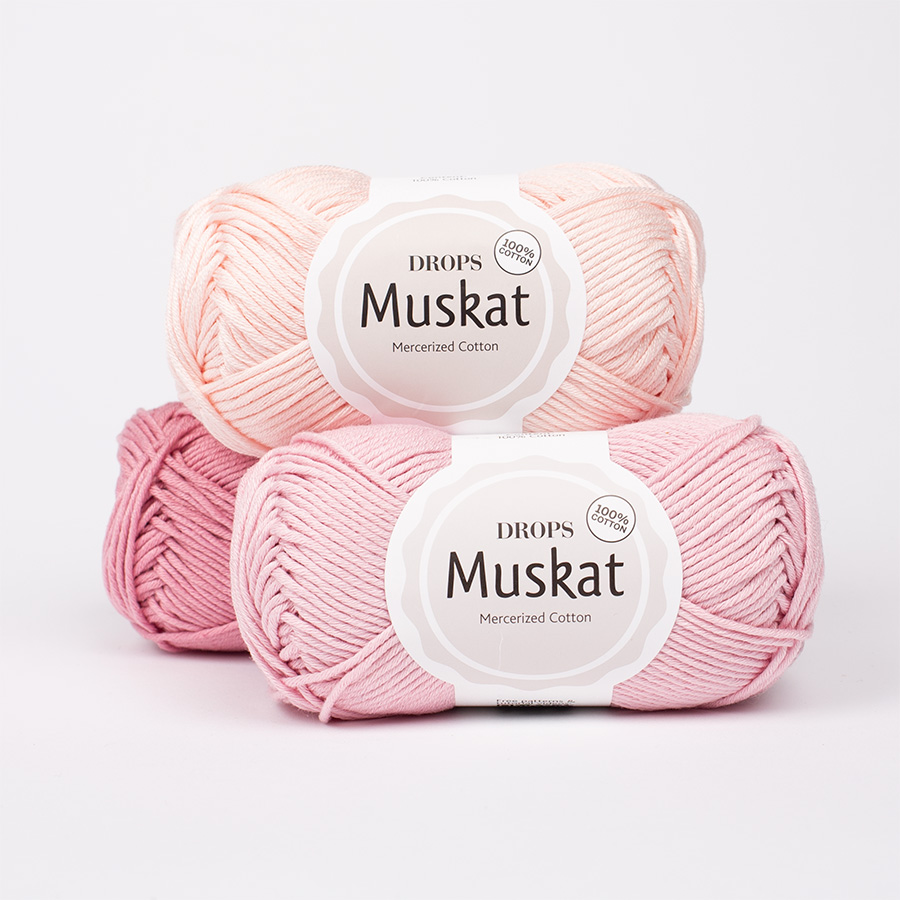
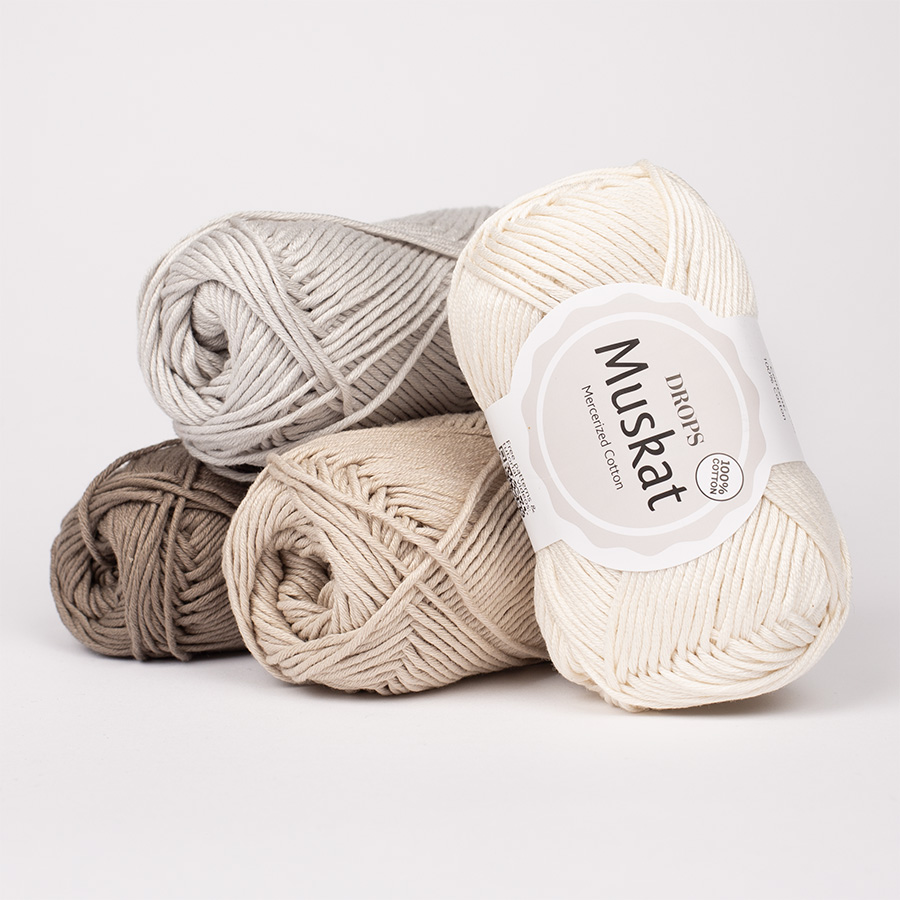
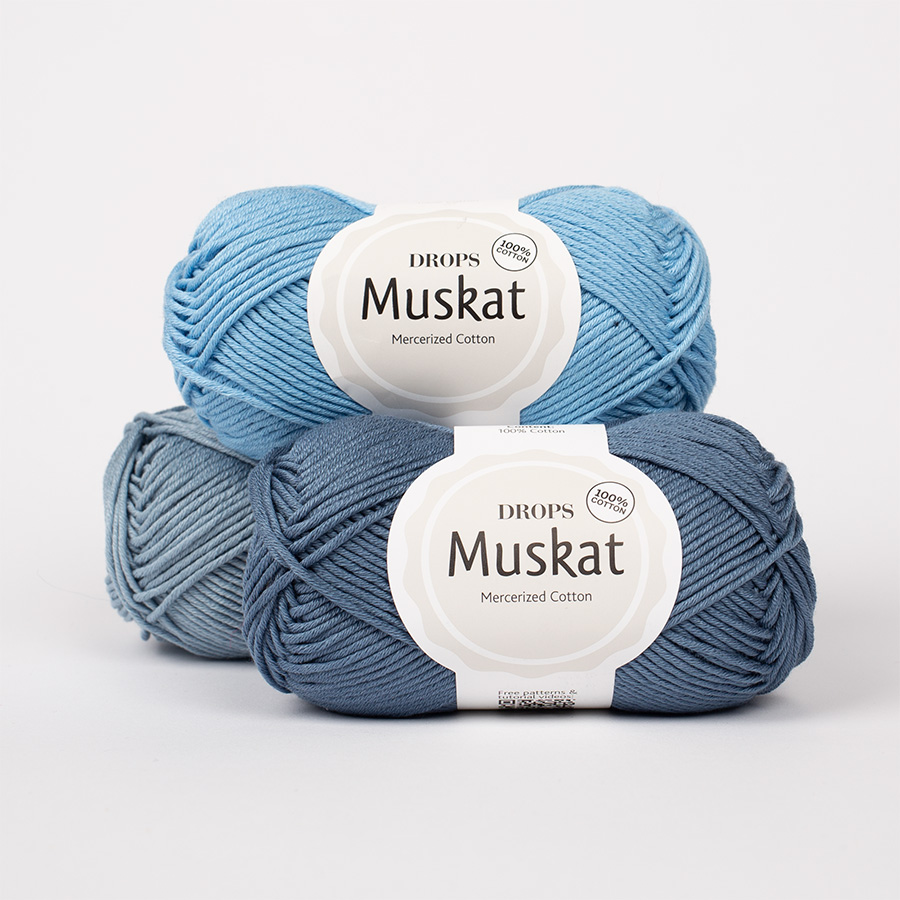
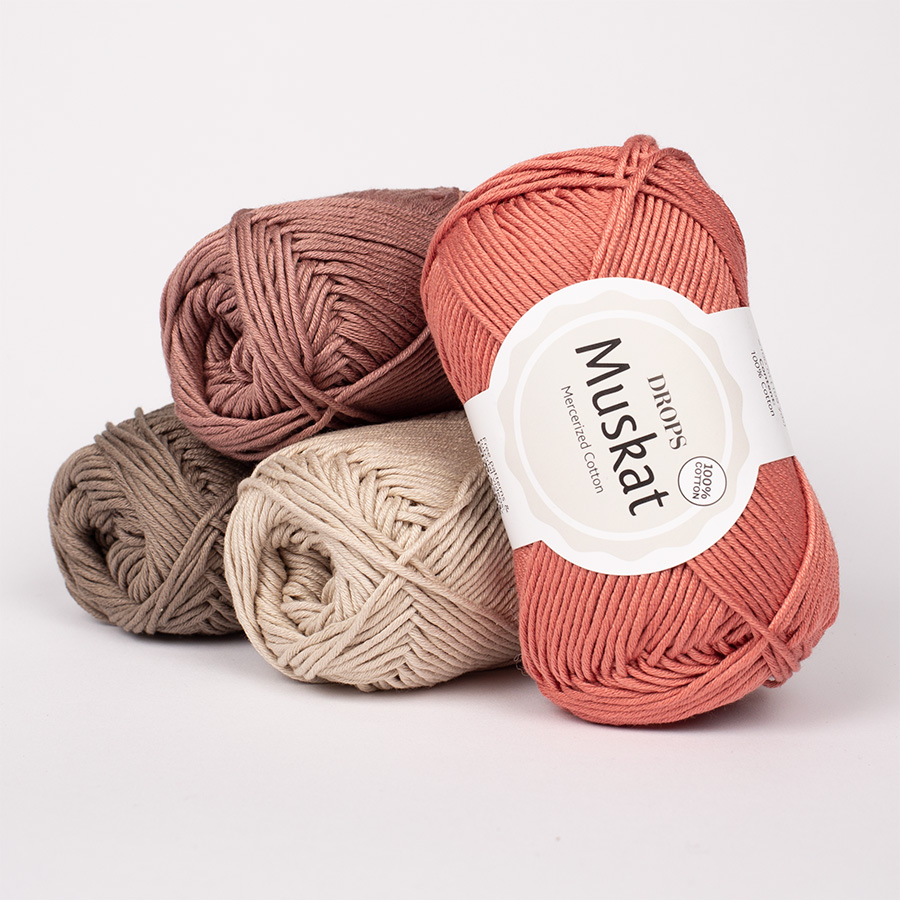
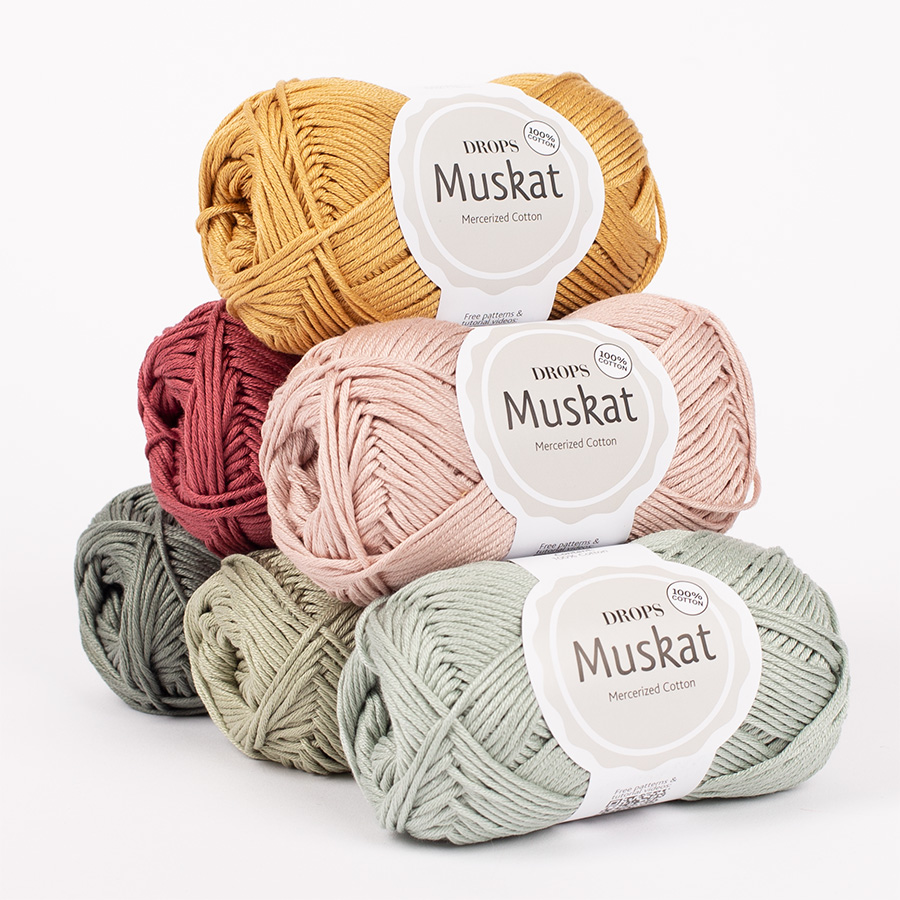
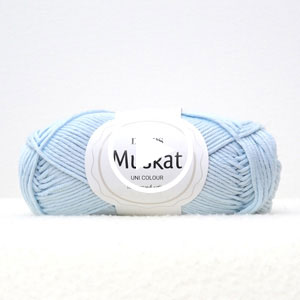






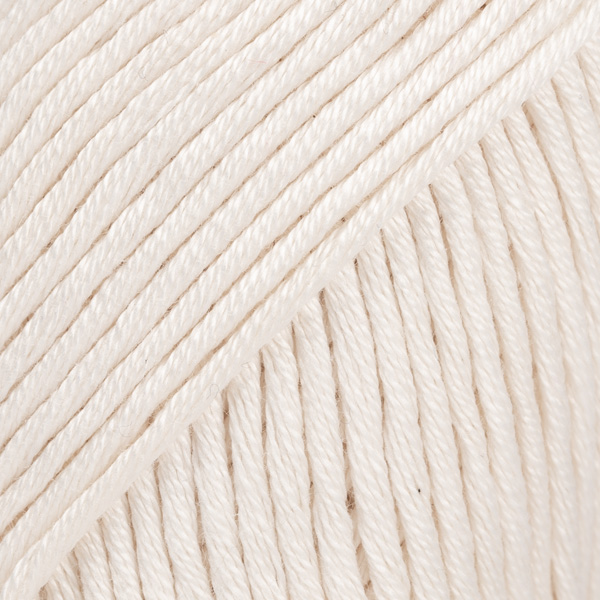

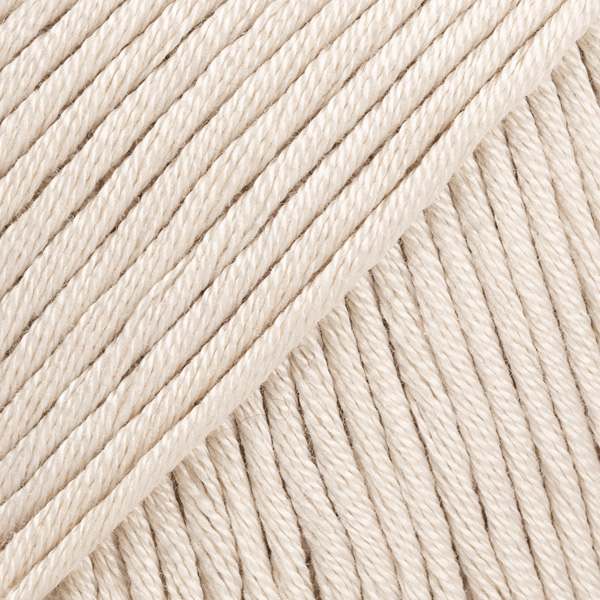

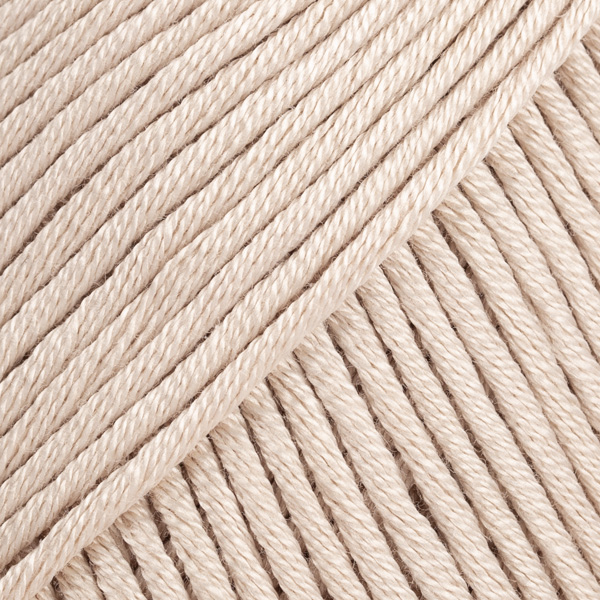
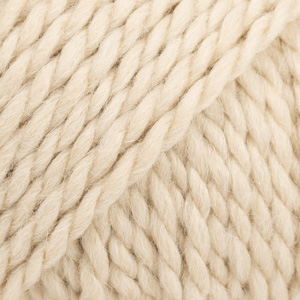











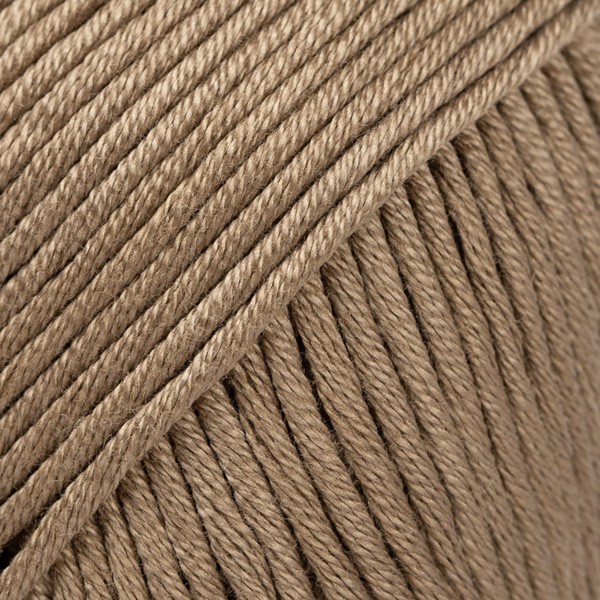


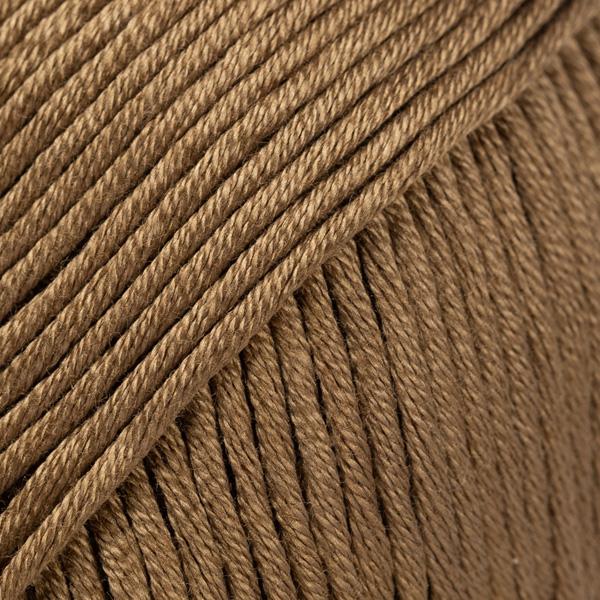

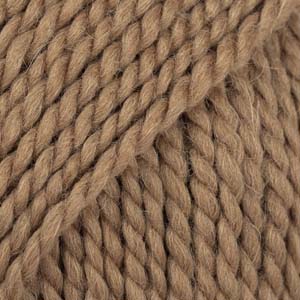




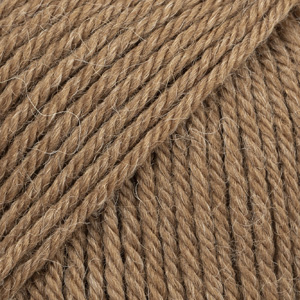












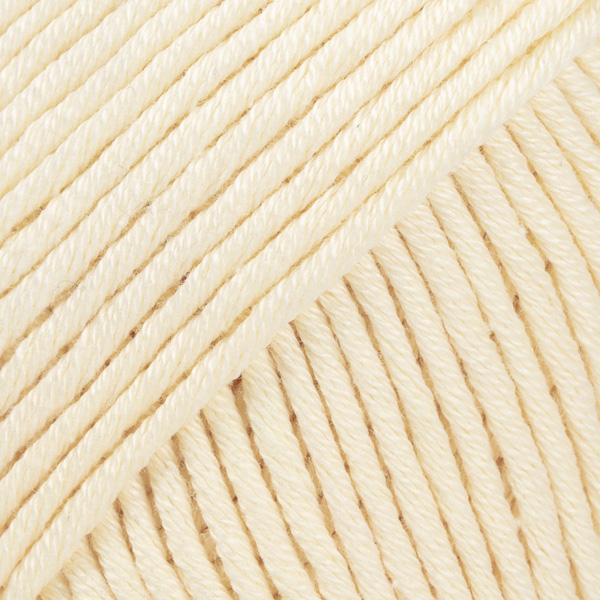








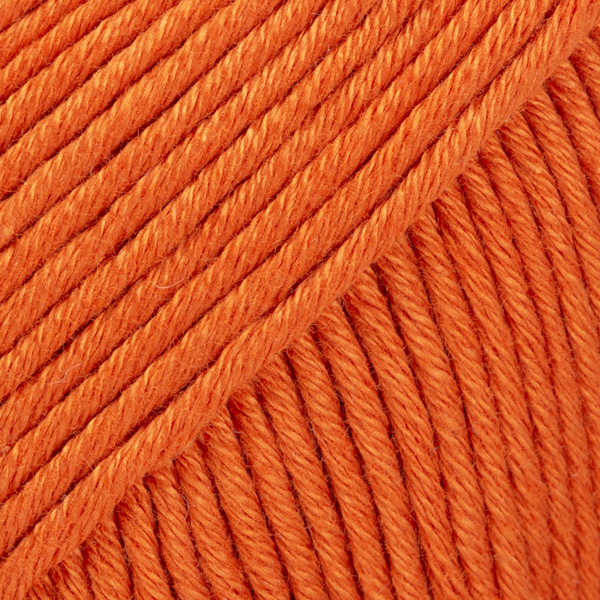










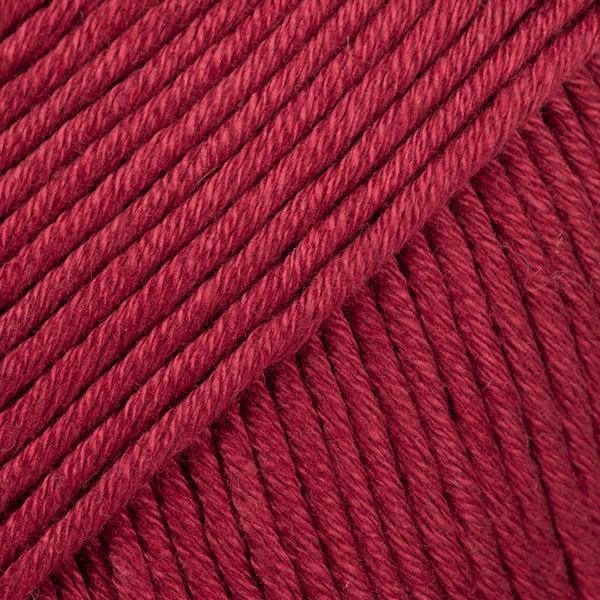




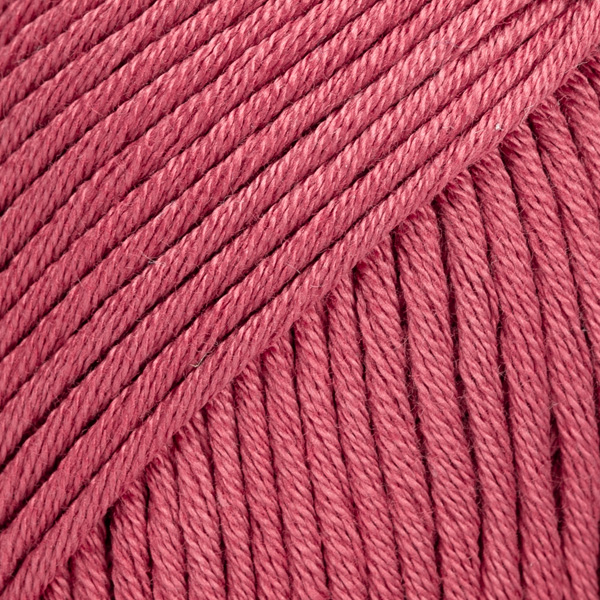

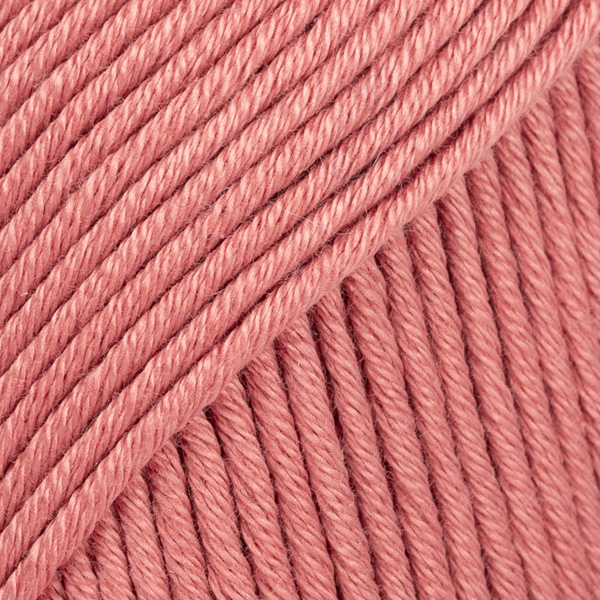

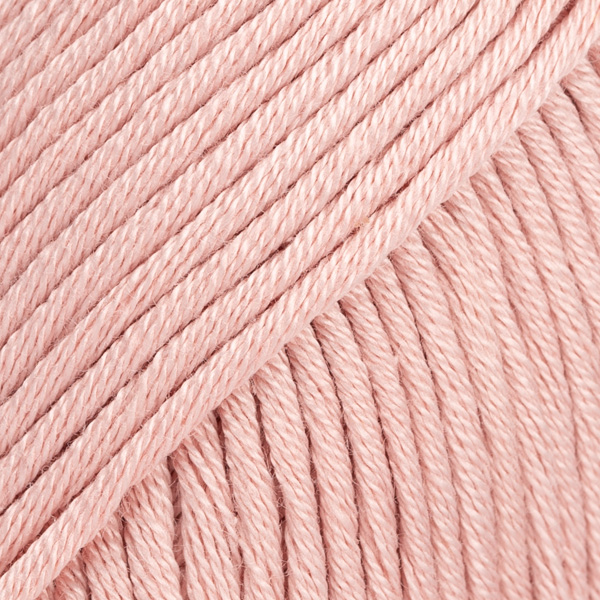

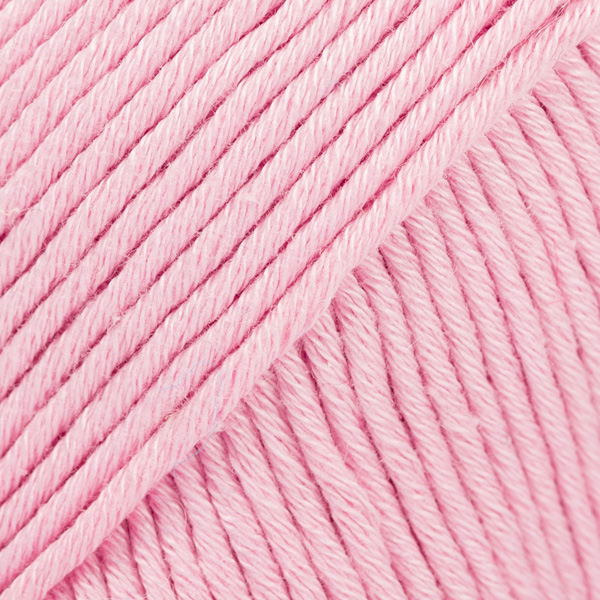





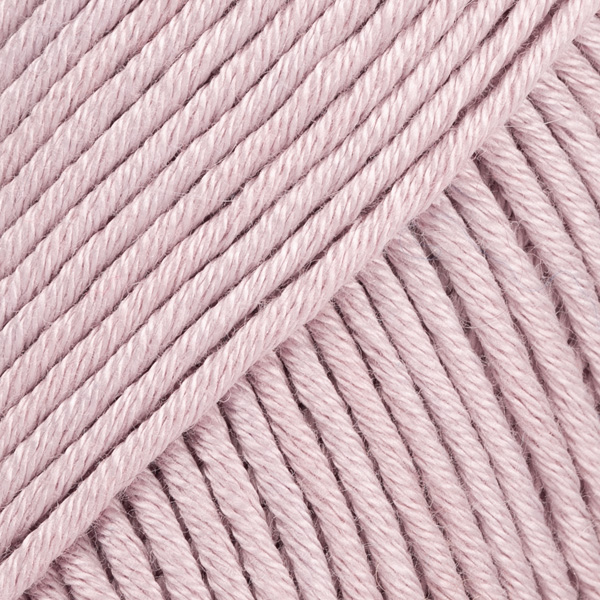


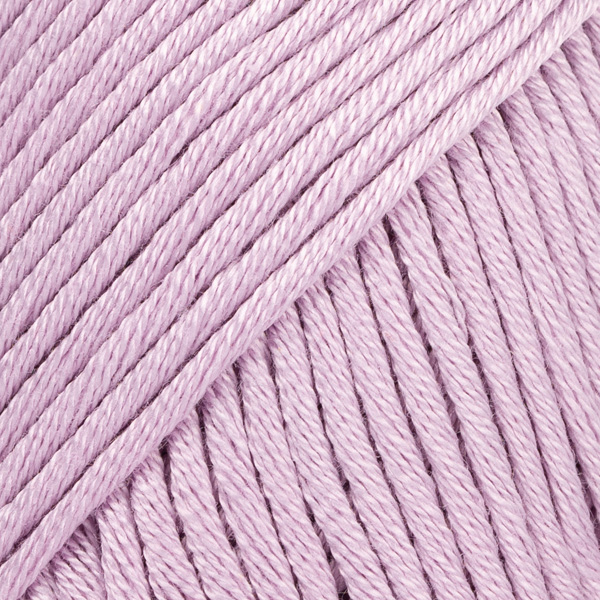





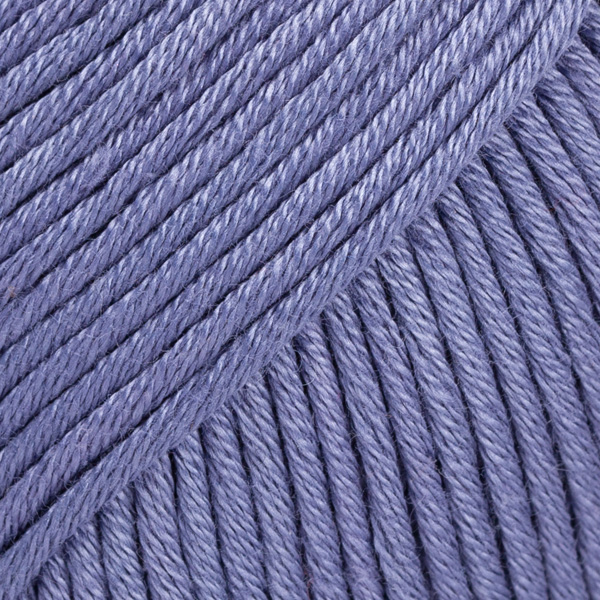















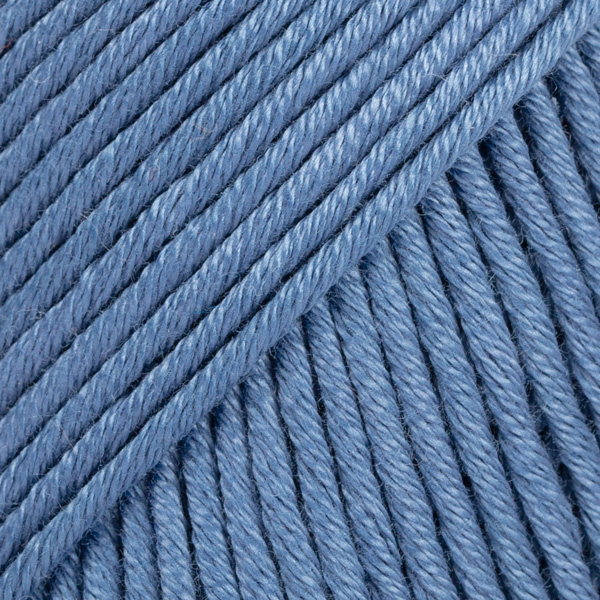

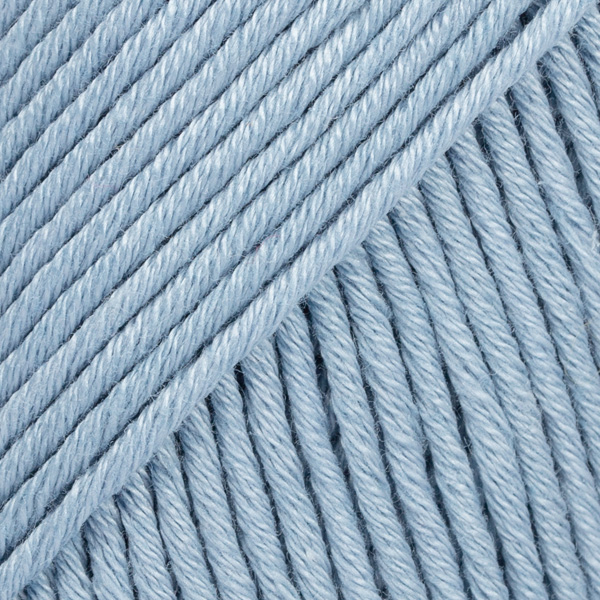

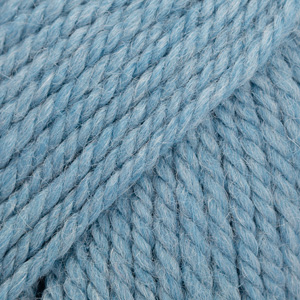


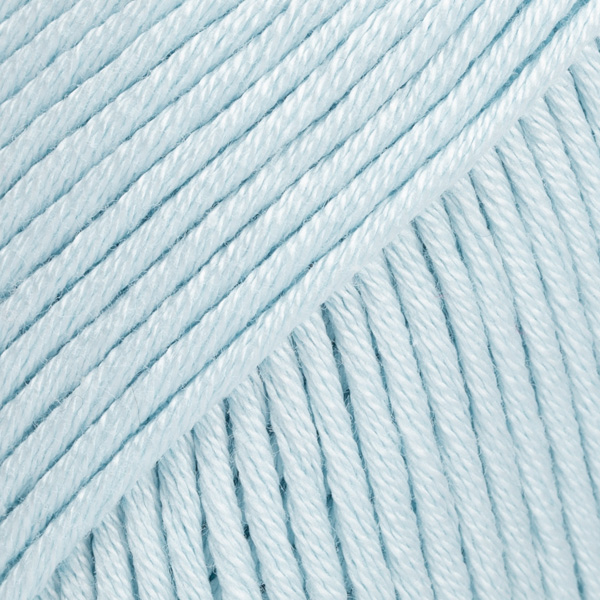

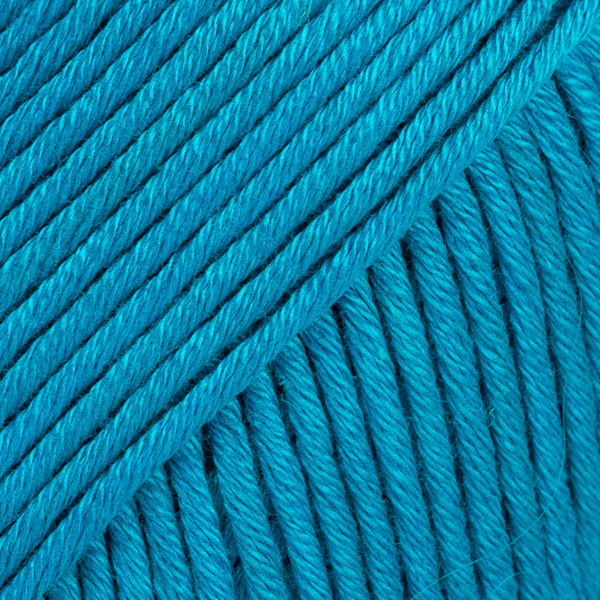










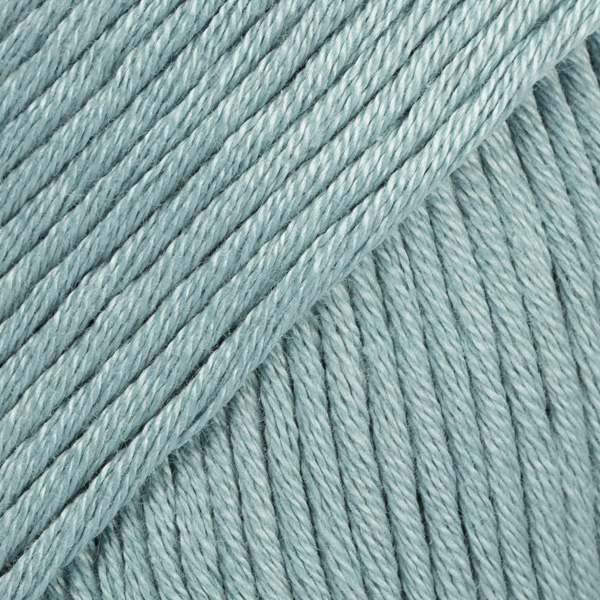

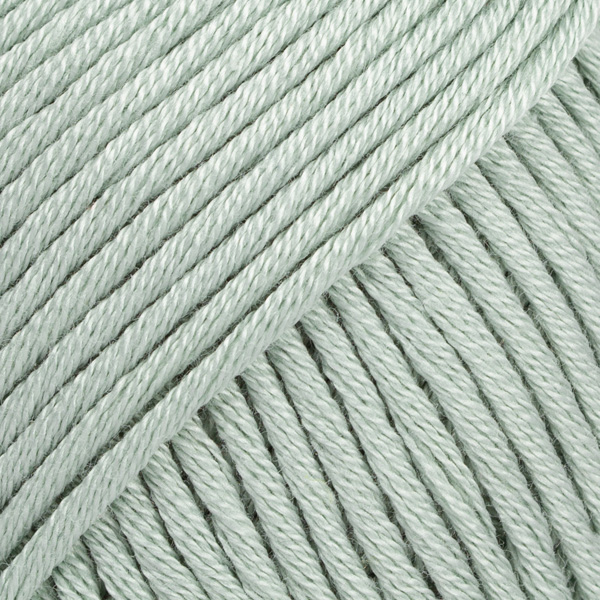



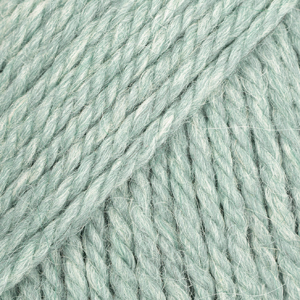


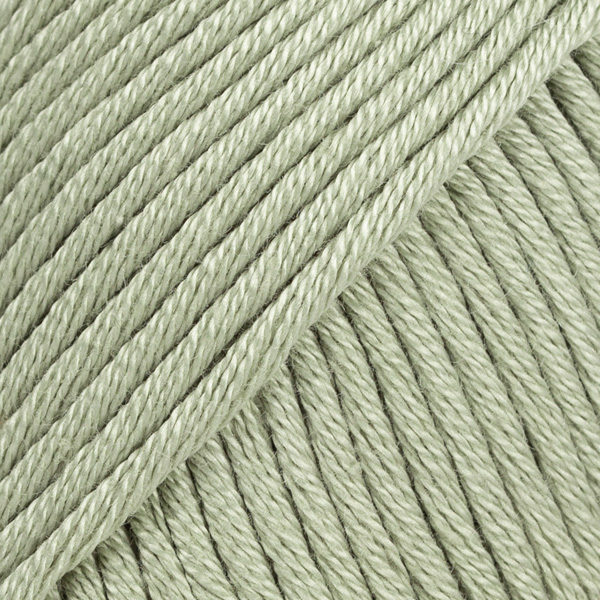

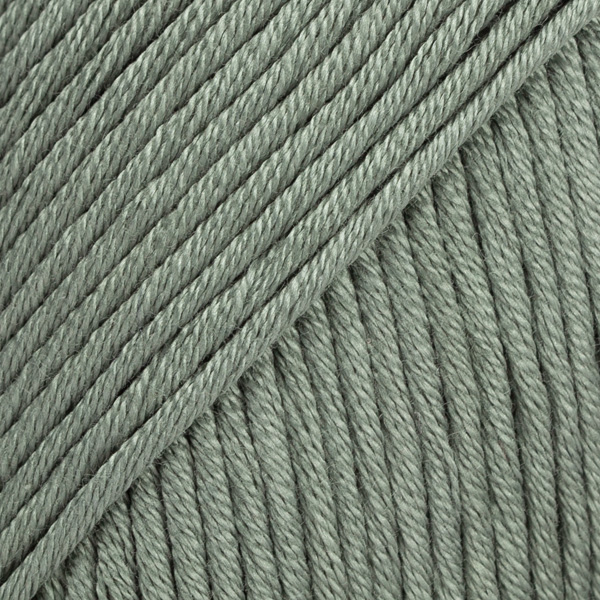























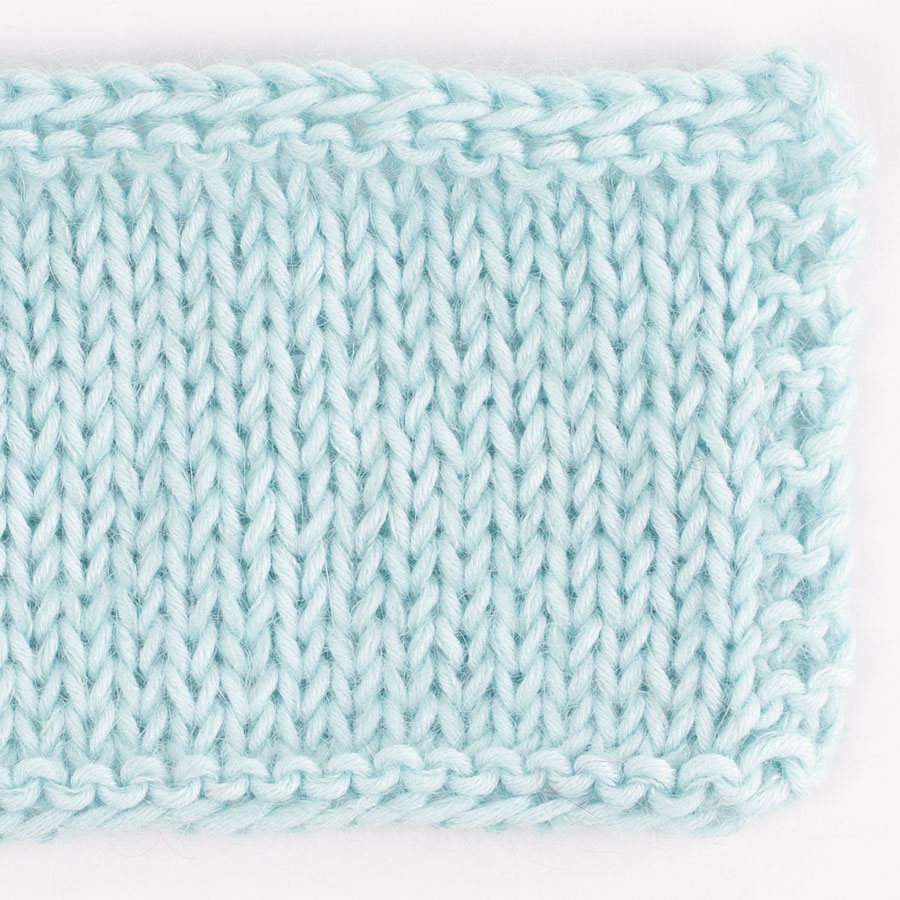
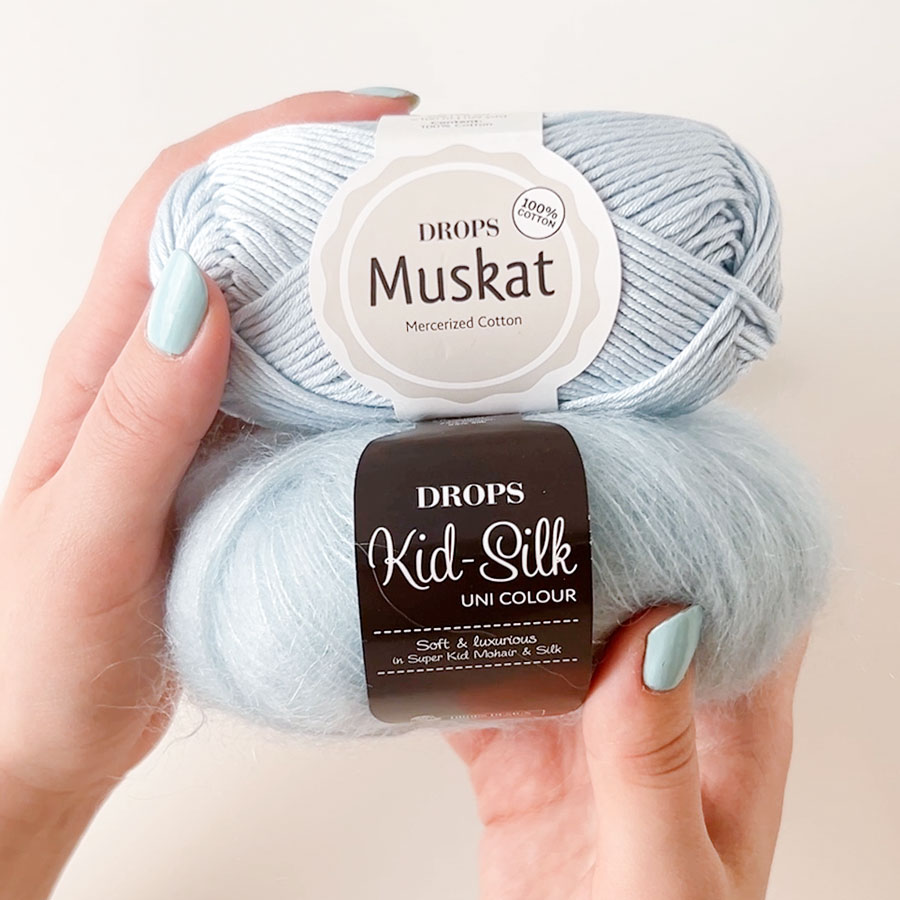

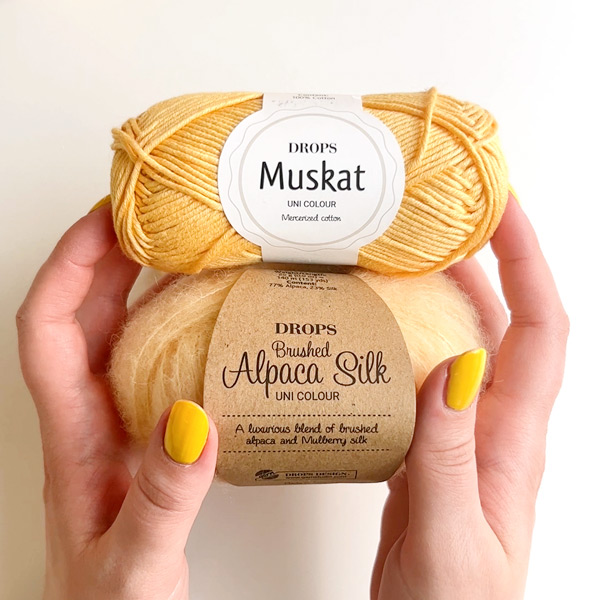
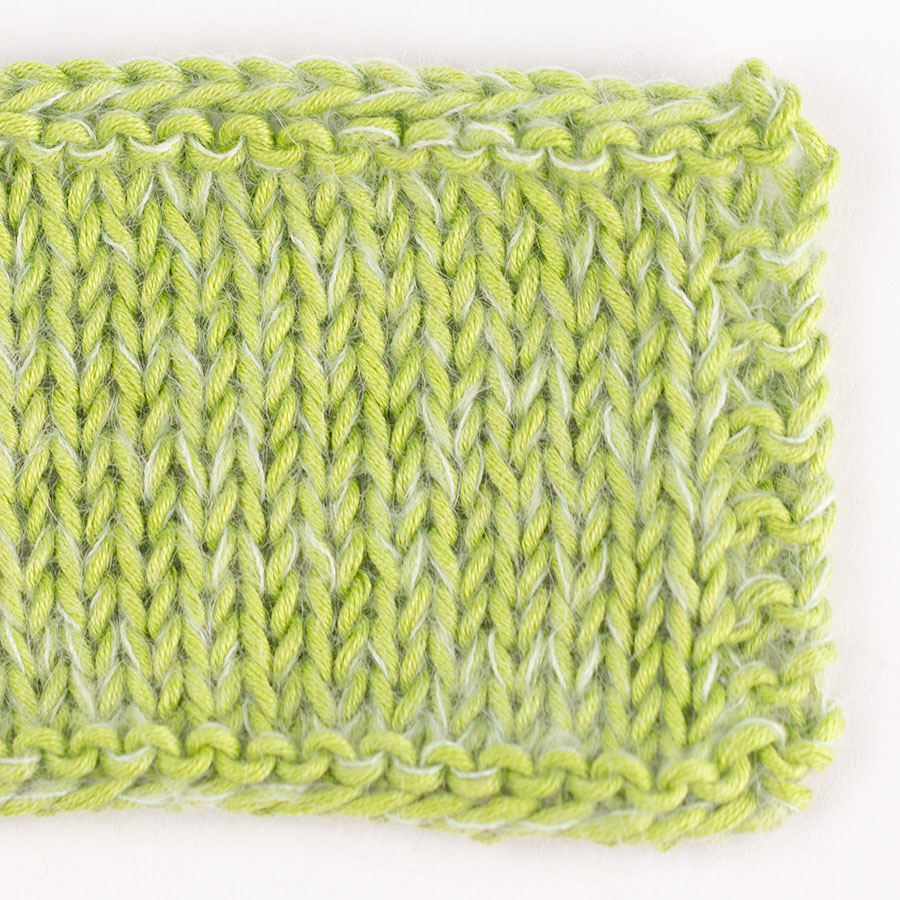
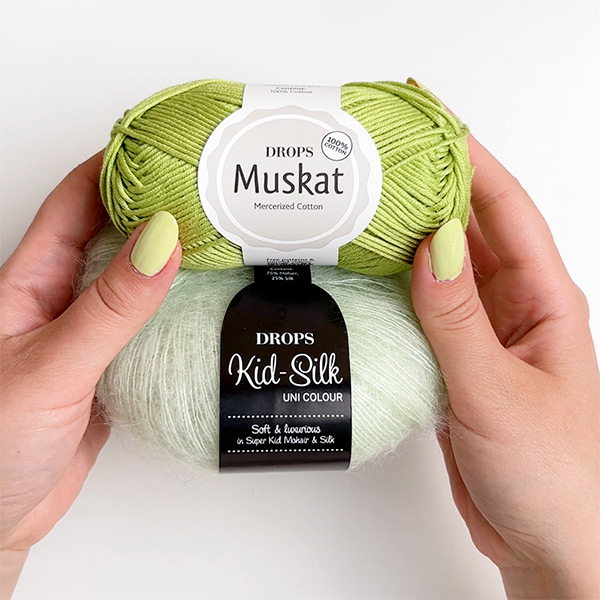
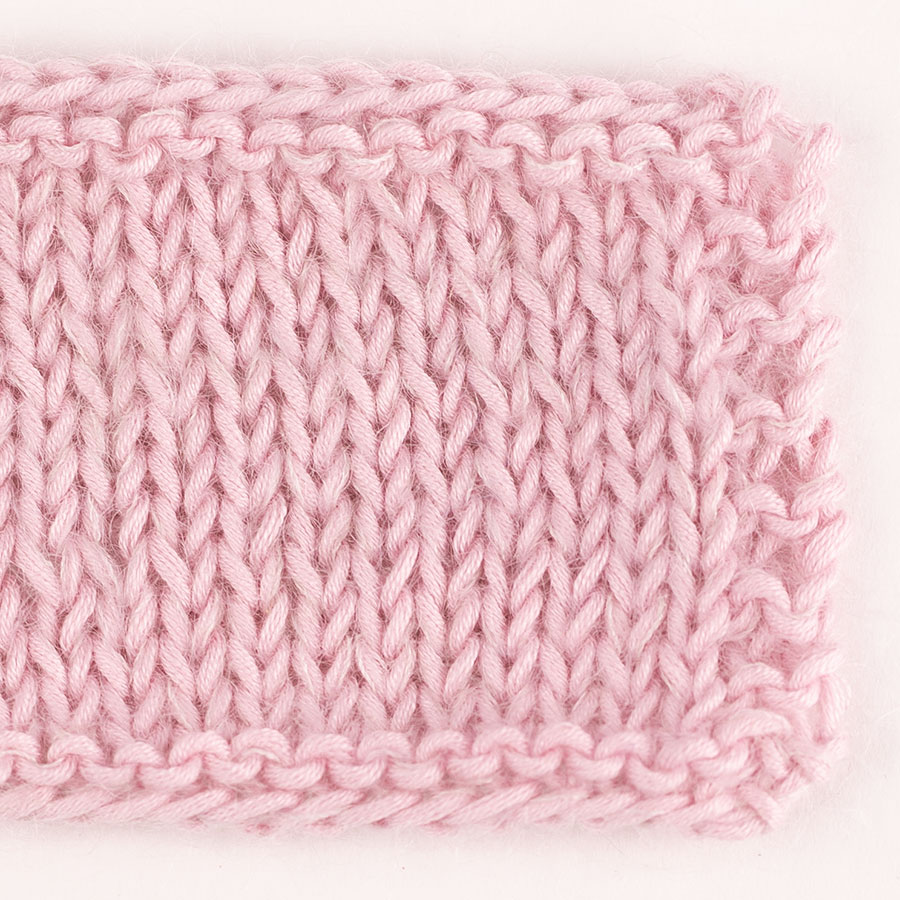
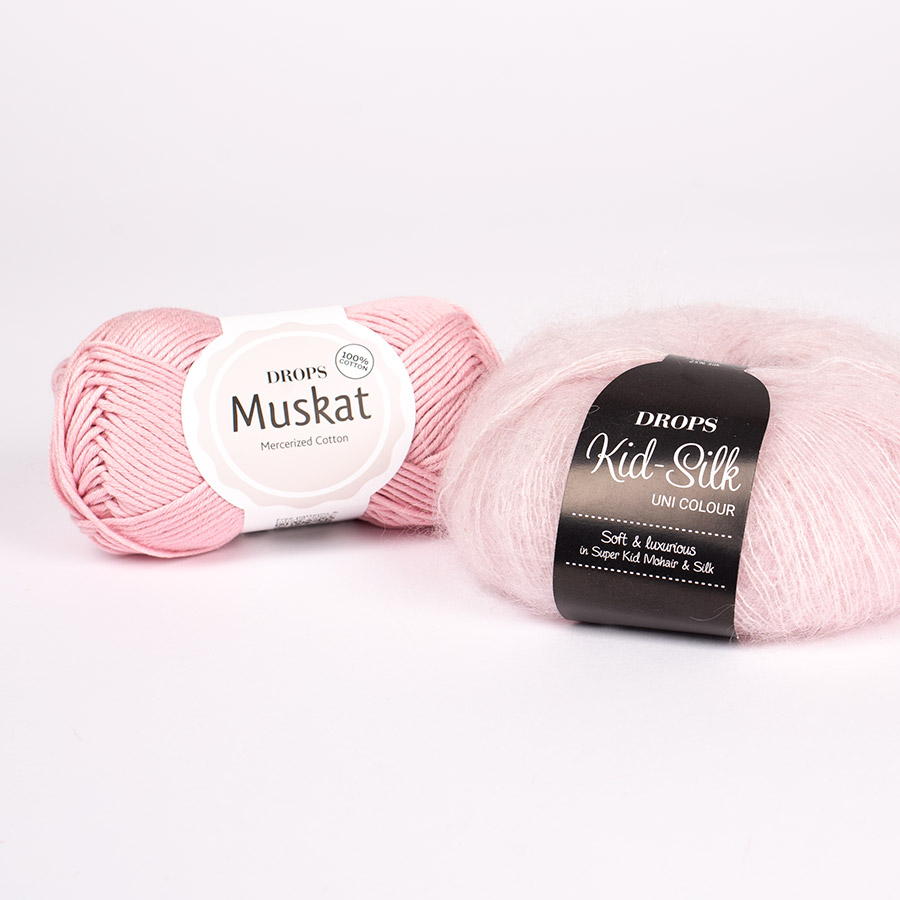
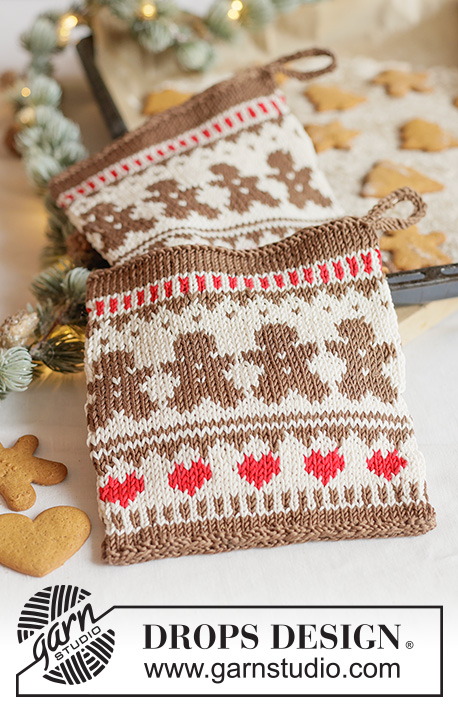







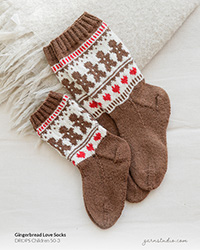
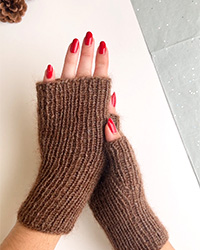
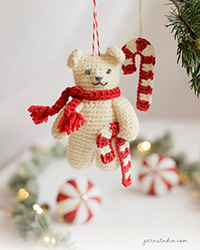
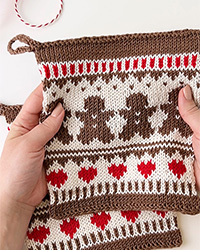
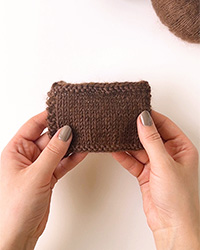

Es wäre toll, wenn ihr noch etwas vergleichbares zu Catania ( Schachenmeyr) im Sortiment hättet
04.05.2016 - 14:09